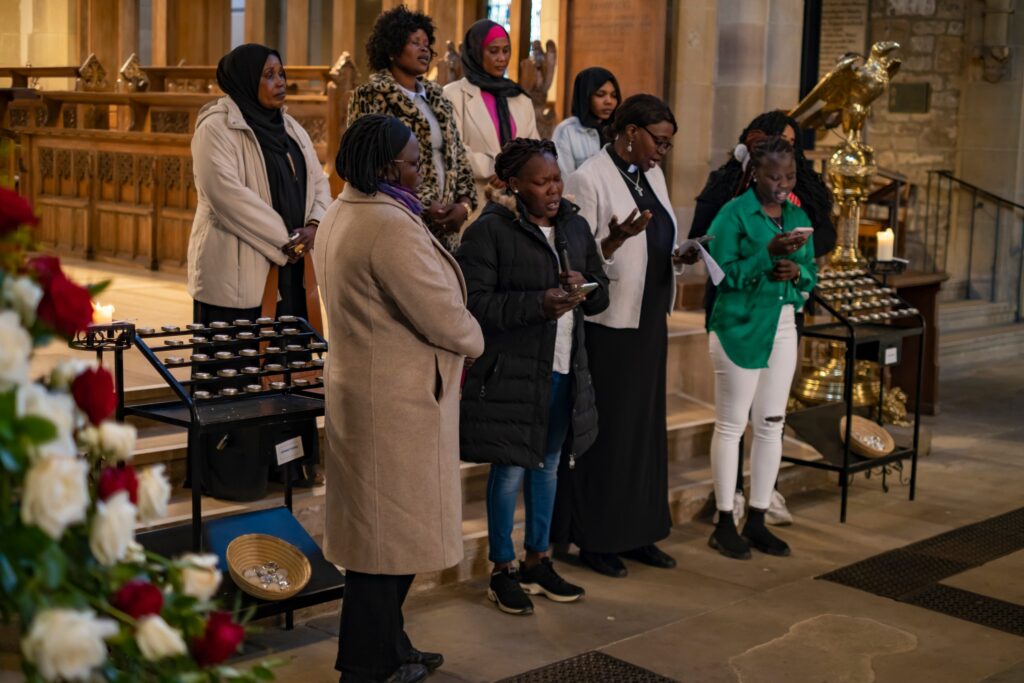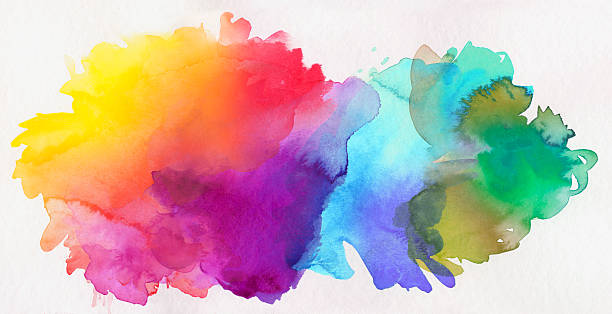Last month I reflected on my previous exploration of No-Man’s Land as an image for intercultural ministry and mission. My tentative conclusion was that there was a need to acknowledge and identify both privilege and responsibility within the various spaces we traverse. As a Christian I am minded to suggest that I must acknowledge that I am, simultaneously, both welcomed in and called to welcome others in any space I inhabit. The balance is key.
In previous drafts of that published post I utilised a quote that I return to again and again. It is by Vincent Donovan in the preface of his book, ‘Christianity Rediscovered’. The quote is a succinct summary of the whole book which, in my mind, beautifully depicts a vision of intercultural mission.
…the unpredictable process of evangelization, [is] a process leading to that new place where none of us has ever been before. When the gospel reaches a people where they are, their response to that gospel is the church in a new place, and the song they will sing is that new, unsung song, that unwritten melody that haunts all of us. What we have to be involved in is not the revival of the church or the reform of the church. It has to be nothing less than what Paul and the Fathers of the Council of Jerusalem were involved in for their time – the refounding of the Catholic church for our age.
Vincent Donovan, Christianity Rediscovered (London: SCM Press, 2009) p.xix
A Slovakian family contacted the cathedral this month enquiring about baptism for their children. I was responsible that week for responding to these requests and rang the number. The conversation was confused and frustrating as his English was poor and my Hungarian is non-existent. We managed to make the necessary arrangements for them to come to a Sunday service, which is part of our preparation process, and they duly arrived and we met face to face. This conversation was easier with the additional non-verbal forms of communication and I arranged a visit to their home to chat about faith and to understand their reasons for seeking baptism for their children.
I arrived at their home and was warmly welcomed in. I had brought my standard baptism preparation material but quickly realised that this was not appropriate or useful and decided to improvise the conversation. Midway through our fumbling attempts at understanding with a significant language barrier, the mother (who spoke no English and was relying on her husband for a translation) left the room and moments later another couple came in. I was introduced to them and was told that they too wanted their children baptised. This couple also spoke little to no English. The four Slovaks (from the Roma culture) sat intently listening to me articulate my desire to welcome them and their children into our community and what it means to be part of the family of God. I attempted to describe, in simple English, what an intercultural Church should be like, one of mutual listening and learning and, ultimately, of mutuality. The person with the most English translated to the others and their eyes lit up and then I saw two of them weeping. I was told, “This is beautiful. This is what we want.” The others touched their hearts and nodded. I had done enough but I wanted to do more.
What would it mean to genuinely live this intercultural life out in practice with such a language barrier, not to mention the other, even more significant, cultural barriers? How would I encourage fuller engagement into a shared life and what did I imagine that would look like? The answer to that second question must start with both parties making an effort to learn, at least in order to cross the language barrier if not yet the cultural barrier.
“Do not try to call them back to where they were, and do not try to call them to where you are, as beautiful as that place might seem to you. You must have the courage to go with them to a place that neither you nor they have ever been before.”
A young person reflecting on the line of thought presented in Donovan, Christianity Rediscovered, p. xix

At the same time as I was processing these significant intercultural questions I was asked to organise two civic events at the cathedral: a prayer vigil for Sudan and a memorial service for those affected by knife crime. Both events had an additional request that they would be ‘interfaith’ and inclusive. I am still very new in my interfaith journey and am asking a lot of questions as to my understanding and practice. I have not yet seen, in my admittedly little experience, a good example of interfaith prayers; particularly within a particular faith tradition’s building. To pray together requires, in my mind, a shared language, not necessarily of the tongue but of the heart; otherwise our prayers would be in the same space, at the same time but would not be united and, in that way, deeply ‘together’. Hugh of St Victor, a 12th century theologian, suggests,
It is of no avail that the same walls encompass us if difference of will separate us.
Hugh of St. Victor, Dom. Aloysius Smith (tr.), Explanation of the Rule of St Augustine (London: Sands and Company, 1955) p.3
Is there a way of reaching this togetherness in an intercultural or even, more radically, in an interfaith context? Is this even to be desired? It is what I am beginning to desire.
The reality that I am becoming more conscious of is that language is cultural; sharing the same linguistic language does not mean you share the same cultural language. This has a profound impact on Bradford’s journey towards City of Culture in 2025. It cannot be a celebration of a singular culture for that does not exist, but nor can it be a celebration of a multiple of cultures for who can decide what is worthy of celebrating? The result therefore seems to be an attempt at just presenting difference side by side with no means of passing judgement, even of appreciation and good. I heard at an intercultural conference this week that we can all agree that we would want to celebrate, embrace and learn from the good from every culture. This is a nice sentiment but who decides what is ‘good’ in a culture? The judgement of ‘good’ and ‘bad’ is surely culturally pre-determined. Multicultural spaces keep others at a distance and true sharing and peace is unattainable. Intercultural spaces encourages deeper interaction, with the risks that involves, but still it does not genuinely navigate a way of creating a ‘lingua communis’, a shared language. ‘Interculturalism’ is still predicated on the existence and maintenance of different and distinct cultures with competing and exclusive value systems. What is our aim when we engage in intercultural work? Is it to accept, as with multiculturism, the acceptance and promotion of difference as a desired aim? Or is it to pursue, even if it is an eternal striving, for the ever elusive and yet transcendent goal of unity; whatever that means?
In the Acts of the Apostles, the writer describes the Christian community as being ‘of one heart and mind/soul’ (Acts 4:32). The Holy Spirit had given to them the gift of being able to cross the language barrier, either by giving them a new, angelic tongue or by giving them the ability to speak in other, human tongues. Had the Holy Spirit now given to them the ability to cross the cultural barriers too? What does it mean that they were of one heart and mind/soul?
This question was central in my Masters dissertation exploring the Augustinian Orders that held this aim as their primary goal. A whole theological school developed in Paris during the 12th century called the Victorine School (based in the Abbey of St Victor). Hugh, who we heard from earlier, advanced a process of ‘reintegration’ of ourselves: a personal journey towards inner harmony of self which involved and impacted the outward harmony in a community of others. In my new role I have realised that this theological project of the 12th century could be a framework for 21st century intercultural dialogue. It begins with a change of will, an opening of the imagination and the articulation of possibility.
My hope, therefore, for the legacy of Bradford’s City of Culture is that we begin this long journey towards a new, genuinely shared culture; a place where none of us have been before. This will require some key principles and deciding on what those very principles requires radical dialogue and a sharing of will. Like my clumsy attempts at communicating with my new Slovak friends this will require a shared linguistic framework to start with but that must lead to the joint construction of brand new cultural edifice that we could share in ownership and, therefore, responsibility for. In this way I am encouraged to dust off my MA dissertation on the Augustinian approach to communal unity and try to implement it in the reality of my new complex context of Bradford.
